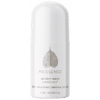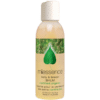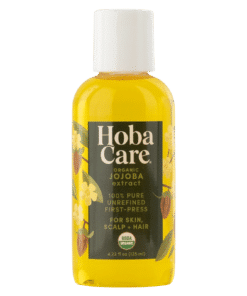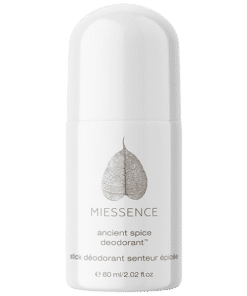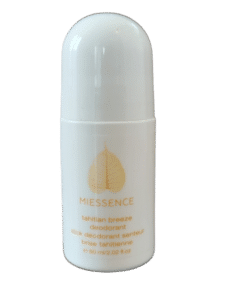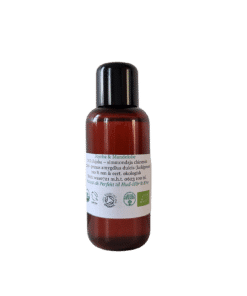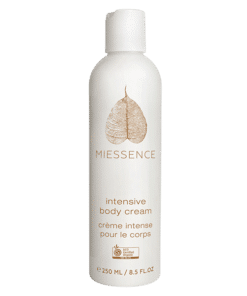Our mineral sunscreen Reflect Outdoor Balm is a water-free nourishing balm with natural minerals that help reflect damaging ultraviolet radiation without the use of chemical sunscreens or any other synthetic ingredients. Developed in Australia where effective sun protection is critical. Our gold standard formulation is a whopping 22% microfine zinc oxide which offers protection from harmful rays while organic olive oil keeps the skin supple. Potent antioxidants including natural vitamin E, beta carotene and polygonum extract, protect the skin from premature ageing and prevent damage caused by the elements.
- Creates a physical sunblock that bounces the sun’s harmful rays off of your skin, unlike chemical sunscreens that absorb rays
- Non-nanoparticle zinc; Reflect uses micronized (physically crushed zinc minerals) that is 150 nanometers
- Non-coated minerals; Reflect’s mineral zinc is not coated with aluminium compounds, silicone compounds or titanium dioxide
What type of mineral is used in Reflect?
Zinc oxide is the mineral used in Reflect. It has over a 300-year history of safety with no known adverse reactions (which is why it is often used to treat babies). It protects against UVB and most of the UVA spectrum and is the closest thing to a total sunblock on the market today. No other sunscreen ingredient provides broader protection (1).
(1) Excerpt from:
Dr Pinnell, The J. Lamar Callaway Professor of Dermatology at Duke University Medical Center, Durham, NC, is a consultant for SunSmart, Wainscott, NY, and SkinCeuticals, Dallas, TX. Dr Madey is the medical/scientific liaison for SkinCeuticals, Dallas TX.
Why Do We Need Natural Sun Protection?
We all know that getting sunburnt is not a good idea and that sunscreen is the way to prevent sunburn… but what are those chemicals in commercial sunscreens? The latest research has begun to discover some serious problems in the most popular and widely used chemical sunblocks:
● Octyl-methoxycinnamate – produces free radicals (singlet molecular oxygen) known to be toxic to cells (1)
● Titanium dioxide – causes DNA damage (the cells genetic material) due to superoxide radicals, active oxygen radicals and hydroxyl radicals when exposed to light. Recently ranked #4 in the American Cancer Society’s list of potential carcinogens that must be studied in humans. (2) (3) (4)
● Oxybenzone – is rapidly oxidized in the presence of light and inactivates important antioxidant systems in the skin (the skin’s natural protection system) (5)
● PABA – produces free radicals in the presence of light (1)
● Cinoxate – causes DNA damage (sister chromatid exchanges) (6)
Medical Research Papers
1) Chem Res Toxicol 1996 Apr-May; 9(3):605-9; 2) Mutat Res 2000 Mar 3; 466(1):1-7; 3) Free Radic Biol Med 1999 Aug; 27 (3-4);294-300; 4) FEBS Lett 1997 Nov 24; 418(1-2):87-90; 5) J Invest Dermatol, 1996 Mar 106(3):583-6; 6) Mutat Res 1989 Jun 21;2(2): 213-21
Why does an SPF 30 Outdoor Reflect Balm Not Exist?
The Reflect Outdoor Balm is actually tested to 29.5 SPF.
*Due to regulations in Australia for SPF ratings, Miessence /ONE Group would need to have this product manufactured in a licensed SPF facility (instead of their own organic certified manufacturing plant) to claim an SPF higher than 15. **ONE Group submitted Reflect Outdoor Balm for third-party testing from Dermatest which gave it a rating of SPF level 29.5.
Магазин ниже 30 ℃ / 86 ℉ и использовать в течение 6 месяцев с момента открытия
| Weight | 0,10 kg |
|---|
How to use
Why
We all love the outdoors – nothing makes us feel more alive than having fun in the elements. Whether it be pounding through the salty surf, shooshing down powdery ski runs, or just throwing a ball with the kids in the park; if you’re out in the sunshine, you need to protect your skin.
When
The “mean” is the “average” you’re used to, where you add up all the numbers and then divide by the number of numbers. The “median” is the “middle” value in the list of numbers – The zinc oxide in Miessence Reflect Outdoor Balm mean – 105nm; median – 150nm; range – 30-180nm The definition of a nanoparticle is where the mean particle size is smaller than 100nm. Micronized sized particles do not pass through your skin. Micronization is achieved through mechanical grinding, not nanoengineering.
How
Apply generously to skin surfaces exposed to sunlight 20 minutes before exposure. Reapply every two hours.
Store below 30oC / 86oF.
Ingredients
| INGREDIENTS | BENEFITS |
|---|---|
| Certified Organic Olea Europaea (Olive) Fruit Oil | Olive juice extract is a unique anti-oxidant. It protects both your skin and the polyunsaturated oils in our products from free radical damage. It reduces skin damage caused by pollution and UV radiation, therefore protecting the skin from photoaging. It also improves skin hydration and elasticity. |
| Zinc Oxide | A soft, heavy, white mineral ground to a powder that acts as a natural UVA/UVB sunblock and creates a soothing, protective barrier for the skin. Zinc brings coverage and a colourless base to our cosmetics. |
| Certified Organic Butyrospermum Parkii (shea) Fruit Butter | This organic plant butter is produced from the nuts of the large Karite tree in West Africa. Some clinical observations suggest that Shea Butter increases local blood circulation in the skin, improving the elimination of waste products. Other studies suggest that Shea Butter helps to improve the elasticity of the skin, making it a valuable addition to products for all skin types. The unsaponifiable and cinnamic esters in Shea Butter give it anti-microbial and moisturizing properties and provide light protection against UV rays of the sun. |
| Certified Organic Unrefined Cera Alba (Beeswax) | Beeswax has emollient, soothing and softening properties and helps the skin retain moisture. Also functions as a natural thickener and barrier-forming agent. |
| Mixed Tocopherols | Natural vitamin E complex. |
| Avena Sativa (Oat) Kernel Flour | Wonderful natural stabilizer, a natural antioxidant, outstanding moisturizing and humectant properties. |
| Certified Organic Copernicia Prunifera (Carnauba) Wax | A hypo-allergenic wax extracted from the leaves of the Brazilian palm tree that is used to thicken formulations, moisturize and protect skin. |
| Natural Coconut Extract | Coconut acts as an effective moisturizer on all types of skins including dry skin and adds a lovely, tropical scent. |
Related products
Skincare for men
Skincare for men

